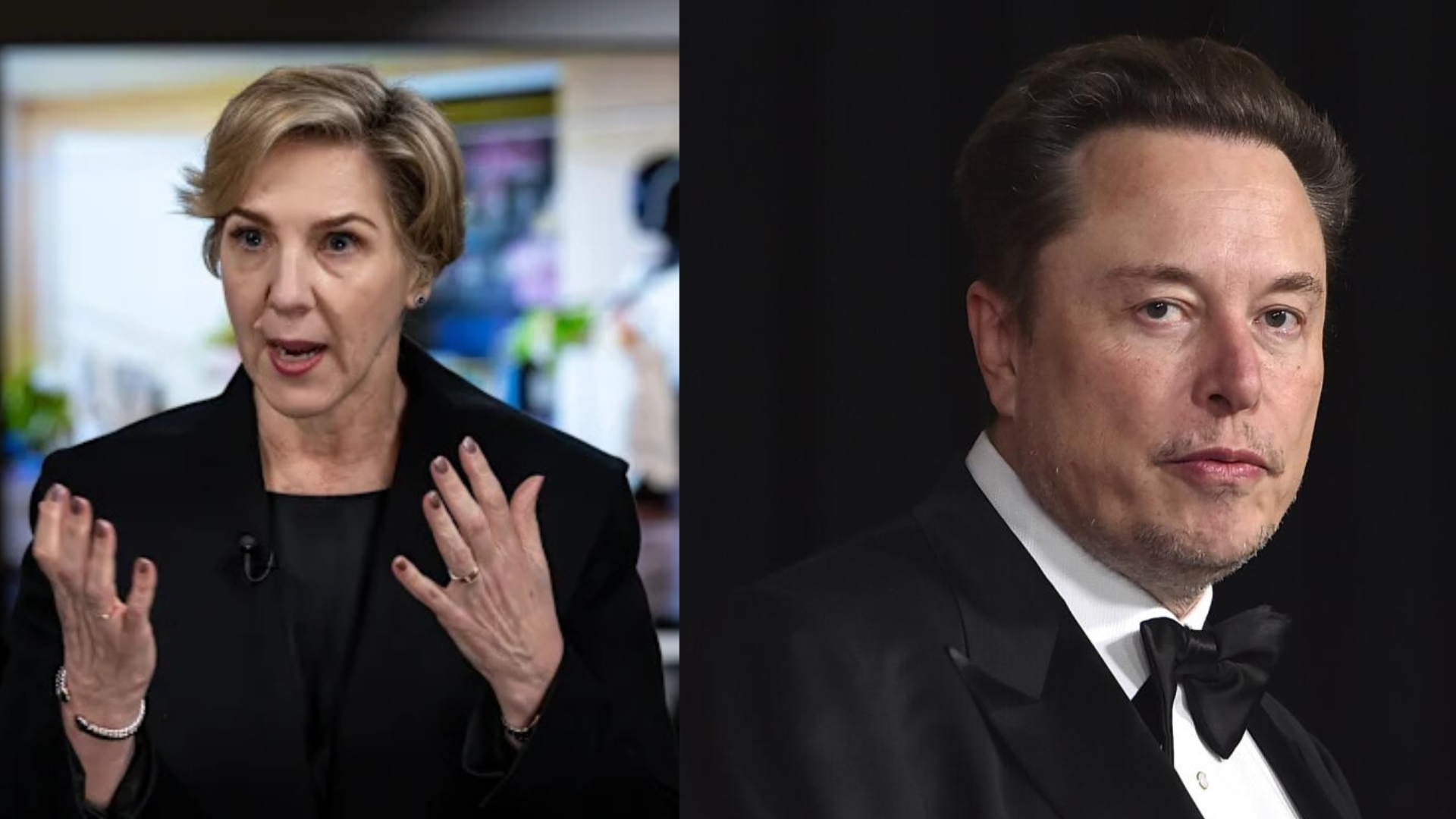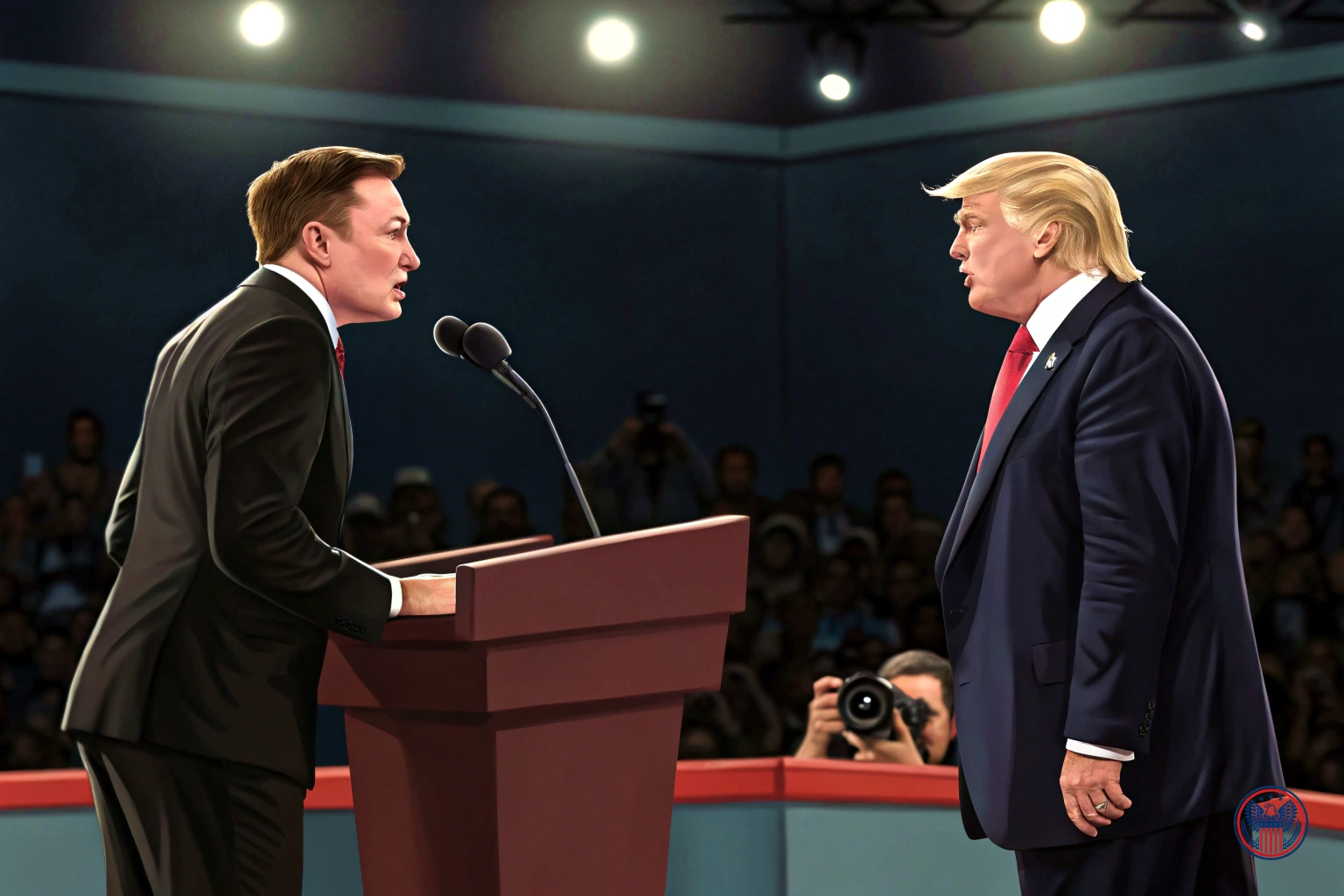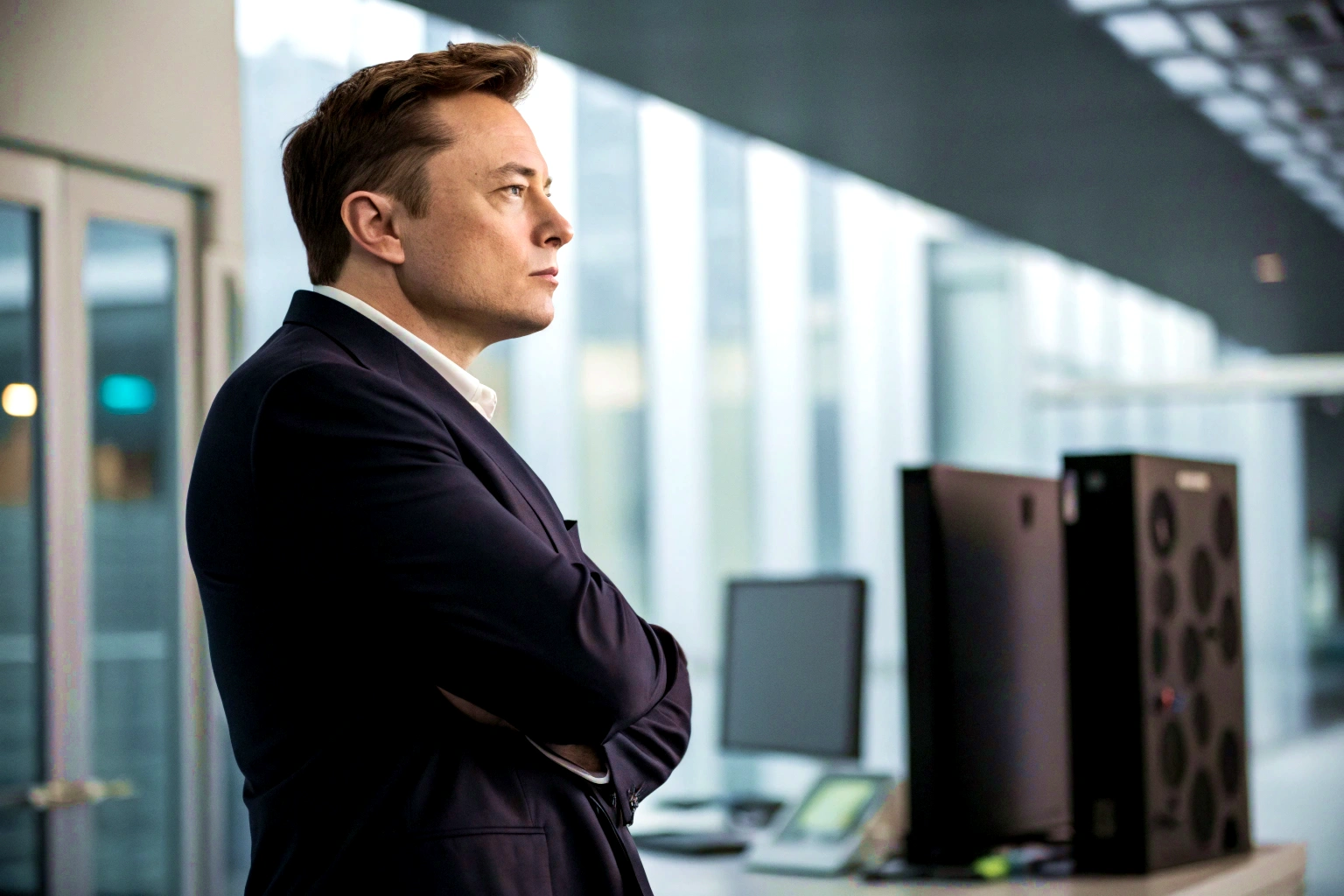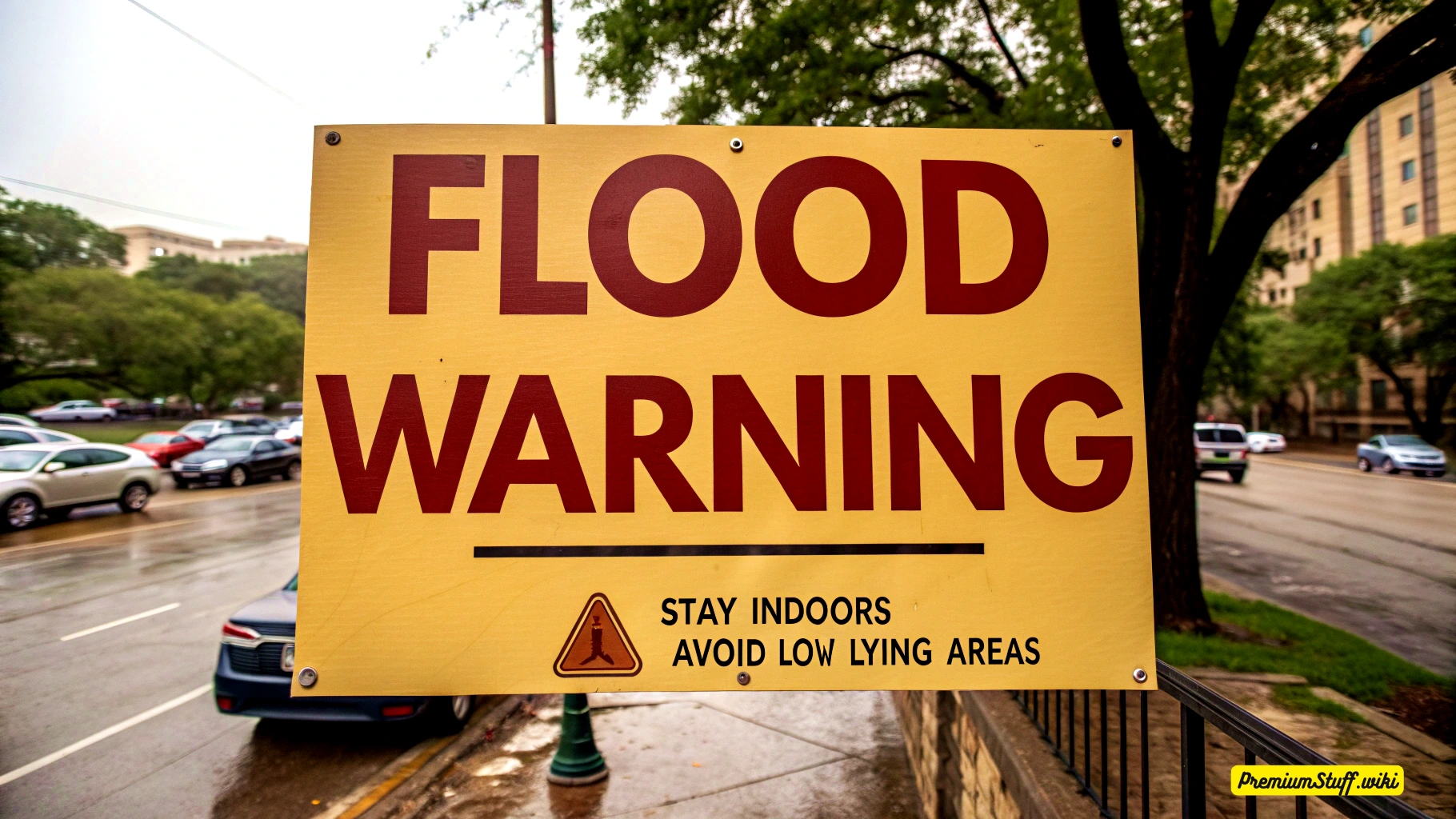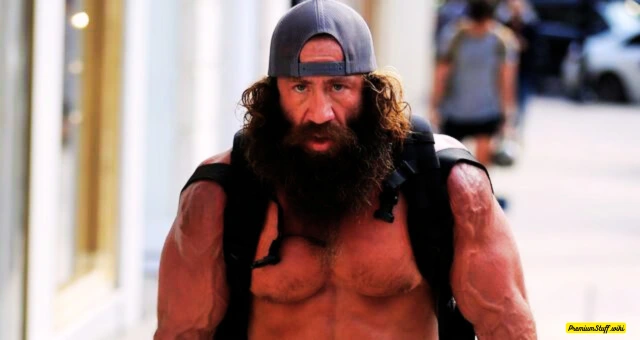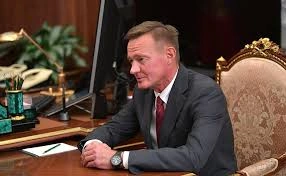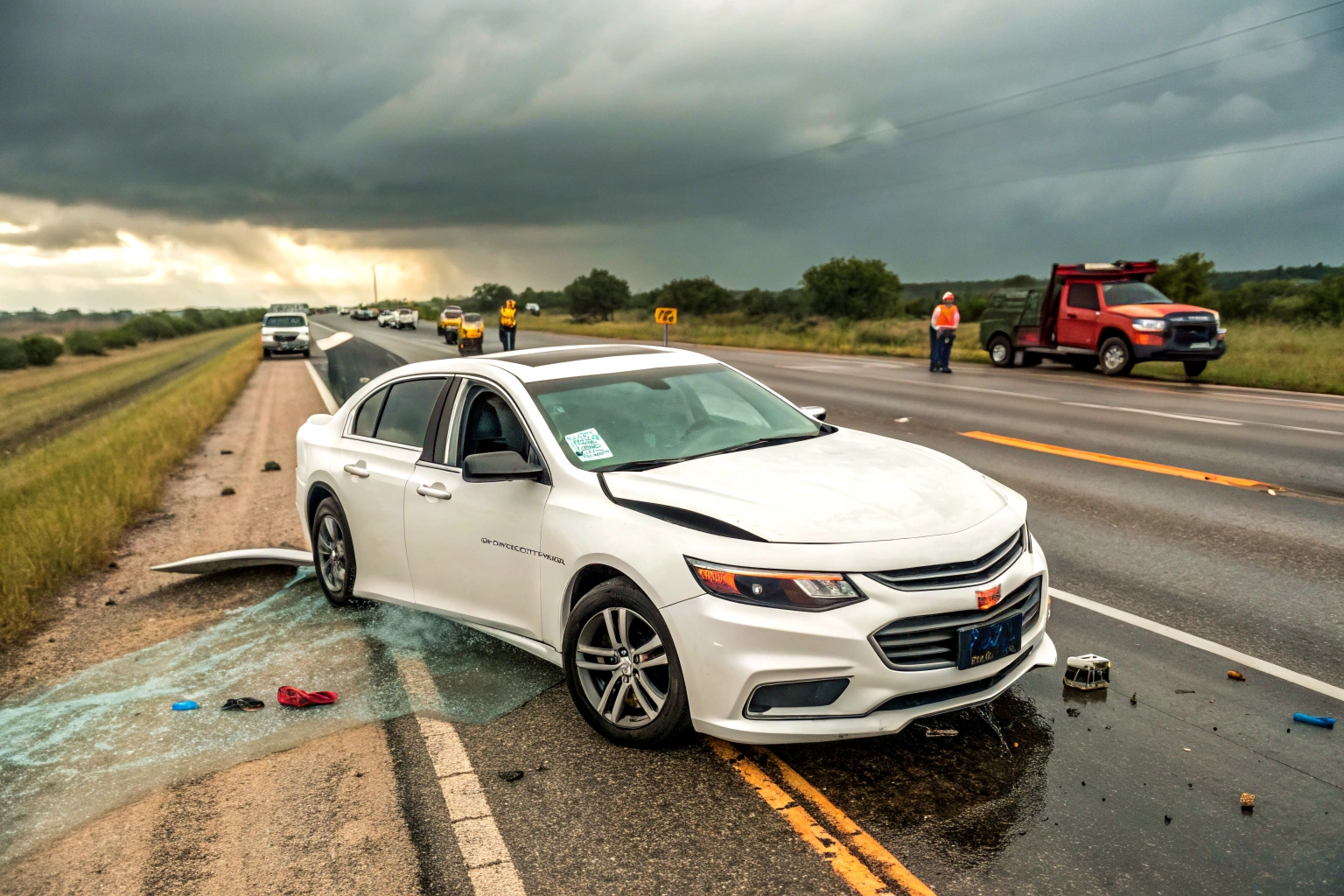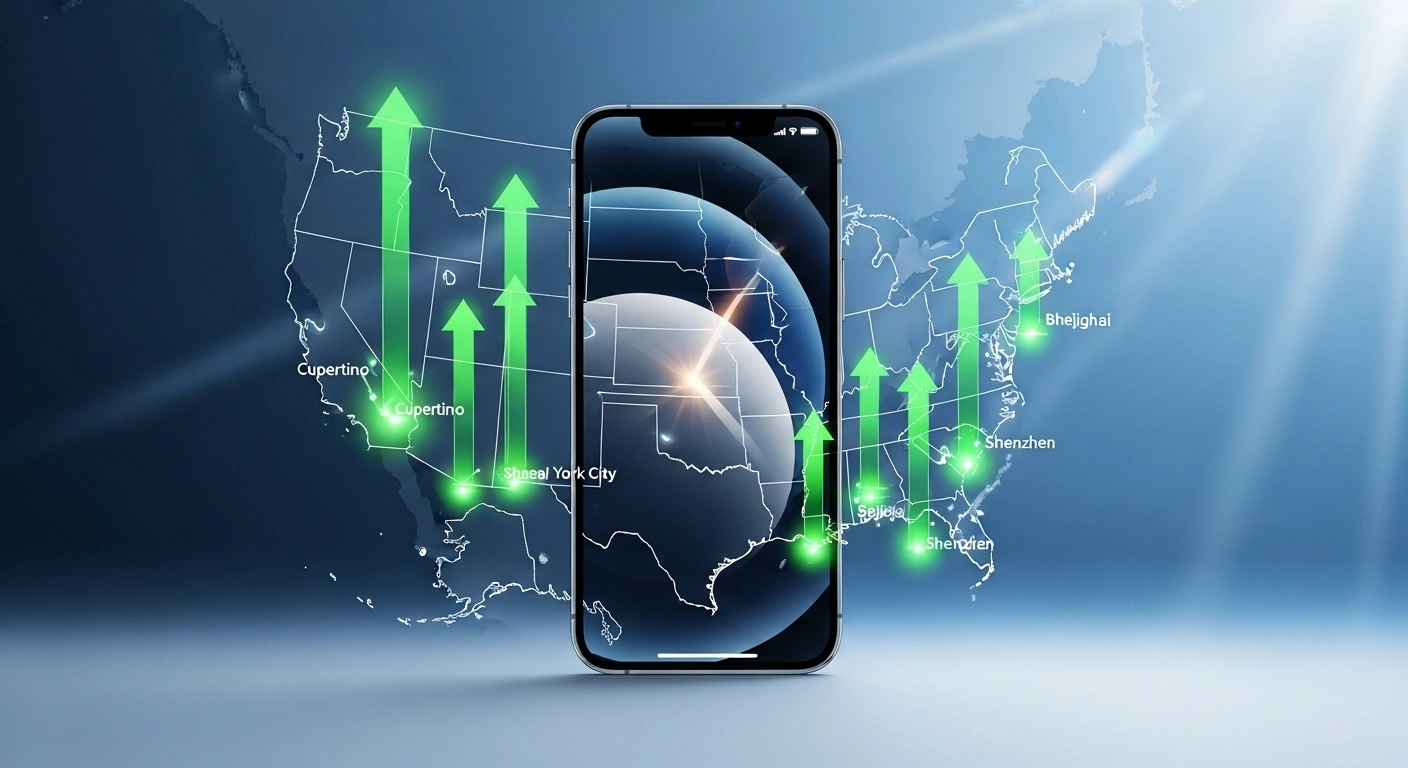Tesla’s Robotaxi Era Begins in Austin
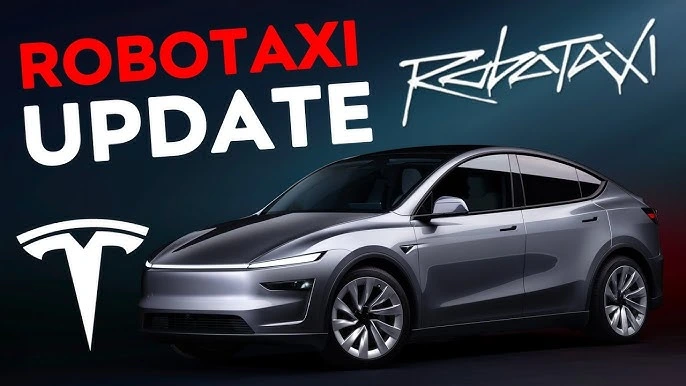
Elon Musk’s driverless vision finally hits the road—with human backups and a weed joke price tag
AUSTIN, TX—A decade after Elon Musk first vowed to revolutionize transportation, a Tesla Model Y with no driver pulled up to a coffee shop in South Austin on Sunday. Its first passenger? A social media influencer who paid $4.20 for a ride that could reshape Tesla’s future—or expose its greatest gamble
The Launch: Geofenced, Guarded, and Invite-Only
Tesla’s robotaxi debut prioritized caution over spectacle:
- Safety First: Each vehicle carried a Tesla employee in the passenger seat gripping an emergency kill switch but no steering wheel or pedals. Their role: intervene only if the AI faltered.
- Tiny Territory: Just 10–20 Model Ys operated in a 30-minute drive zone, avoiding highways, rain, and complex intersections. Rides ran from 6 a.m. to midnight for invited “Early Access” users like investor Sawyer Merritt, who posted about 11 “smooth as butter” trips.
- Nostalgic Pricing: The $4.20 flat fee nodded to Musk’s weed-culture humor—a contrast to the tech’s life-and-death stakes.
Riders summoned cars via a new “Robotaxi” tab in the Tesla app, syncing personal playlists and climate settings. “It’s basically Uber, but your DJ is an algorithm,” said tester Bearded Tesla Guy during a livestream
Why Austin? Regulatory Loopholes and Rival Battlegrounds
Texas’ hands-off laws made it ideal for Tesla’s soft launch:
- A 2017 statute barred cities from regulating self-driving cars, letting Tesla bypass red tape.
- But new rules signed Friday by Gov. Greg Abbott will require state permits starting September 1—prompting Democratic lawmakers to urge delay. Tesla declined.
The city is already a proving ground for rivals:
- Waymo operates 250,000 weekly paid rides in Austin and three other U.S. cities.
- Amazon’s Zoox tests nearby with lidar-equipped vehicles.
“Tesla bets its camera-only approach and fleet data will leapfrog rivals,” said Forrester analyst Paul Miller. “But if it’s not a quantum leap from current FSD tech, it’ll need costly human backups”.
Safety: “Super Paranoid” or Reckless?
Musk pledged “super paranoid” safety measures after NHTSA investigations into Tesla’s Full Self-Driving software. Yet risks linger:
- Tech Gaps: Tesla relies solely on cameras, unlike Waymo and Zoox, which use pricier lidar and radar redundancies.
- Near-Misses: Hours before launch, a test vehicle abruptly braked twice near police cars—flashing hazard lights without explanation.
- Regulatory Heat: NHTSA demanded safety details ahead of the launch and is reviewing Tesla’s response.
Protesters gathered outside Tesla’s Austin gallery Saturday, holding signs like “AI KILLS” and “MUSK = HYPEMAN”.
The $2 Trillion Gamble: Why Robotaxis Matter Now
With Tesla’s EV sales slumping 9% YoY and profits down 71%, autonomy isn’t a moonshot—it’s a lifeline :
- Investor Faith: Shares surged 9% Monday as Wedbush analyst Dan Ives hailed the “foundational” launch. He predicts robotaxis could double Tesla’s market cap to $2 trillion by 2026.
- Market Potential: U.S. autonomous driving revenue hit $376 billion in 2024. Volkswagen estimates a €450 billion global market by 2035.
- Scaling Hurdles: Tesla’s futuristic steering-wheel-free “Cybercab” remains in development. Current taxis are retrofitted Model Ys.
Human Voices: Riders, Regulators, and Skeptics
Influencers:
“No one in the driver’s seat! It was awesome.”
—Sawyer Merritt, Tesla investor
Experts:
“This is the end of the beginning—not the beginning of the end.”
—Philip Koopman, Carnegie Mellon autonomous systems professor
Critics:
“When anyone in Austin can download the app, that’s success. I don’t see that until 2028.”
—Seth Goldstein, Morningstar analyst
Scaling the “Army of Teleoperators”
Musk aims for “hundreds of thousands” of robotaxis by 2026, but hurdles loom:
- Expansion Plans: Los Angeles and San Francisco are next targets, pending stricter California permits.
- Public Access: Tesla’s website now invites sign-ups for updates, hinting at broader rollout.
- Accountability Questions: Tesla blocked public records requests about safety protocols, citing “trade secrets”.
As prototypes glided past Austin barbecue joints Sunday, the mood mixed anticipation with déjà vu. For Musk—fresh from a feud with former ally Donald Trump—the robotaxi is a chance to refocus Tesla on tech, not politics. For the world, it’s a test of whether cameras alone can outdrive humans

